A galaxy is a system of stars connected by the force of gravity. Scientists estimate that there are about 200 billion galaxies in the observable universe. The galaxy we know the best is the Milky Way, which consists of between 200 and 400 billion stars, including our own Sun. The Andromeda Galaxy and the Magellanic Clouds are galaxies close to the Milky Way that can be seen with the naked eye. All other galaxies are too far away to be seen without a telescope.
There are many criteria for the classification of galaxies but they are most commonly classified based on shape: elliptical, spiral or irregular. In elliptical galaxies, the positioning of the stars creates a vaguely spherical shape. Elliptical galaxies are usually composed of very old stars. As the name suggests, in spiral galaxies the stars form a sort of spiral. The Milky Way is a spiral galaxy. The stars in spiral galaxies appear immobile because of the enormous distances separating them from us. In reality, they are slowly and constantly moving, rotating around a point called the galactic center. It is thought that this could be a gigantic black hole – an object of immense gravity – surrounded by a handful of very old stars. Stars further away from the galactic center, on the other hand, have formed more recently.
Lastly, there are the irregular galaxies, which lack a precise shape. The word galaxy has the same etymology as the name Milky Way. Galaxy comes from the Greek galaxìas kyklos, milky circle. According to Greek mythology, the stars in the Milky Way were formed from drops of milk that fell from the goddess Hera’s breast. The philosopher Immanuel Kant [1724-1804] was the first to correctly describe the structure of the Milky Way and postulate the existence of other galaxies. Kant’s hypotheses were definitively confirmed by the observations of the astronomer Edwin Hubble [1889-1953]. Today, we know of the existence of hundreds of billions of galaxies. Many of them contain stars similar to our own sun, and also have orbiting planets. Some of these planets may be similar to Earth, and may be inhabited. In other words, it is possible that other life forms exist elsewhere in the universe.
There are many criteria for the classification of galaxies but they are most commonly classified based on shape: elliptical, spiral or irregular. In elliptical galaxies, the positioning of the stars creates a vaguely spherical shape. Elliptical galaxies are usually composed of very old stars. As the name suggests, in spiral galaxies the stars form a sort of spiral. The Milky Way is a spiral galaxy. The stars in spiral galaxies appear immobile because of the enormous distances separating them from us. In reality, they are slowly and constantly moving, rotating around a point called the galactic center. It is thought that this could be a gigantic black hole – an object of immense gravity – surrounded by a handful of very old stars. Stars further away from the galactic center, on the other hand, have formed more recently.
Lastly, there are the irregular galaxies, which lack a precise shape. The word galaxy has the same etymology as the name Milky Way. Galaxy comes from the Greek galaxìas kyklos, milky circle. According to Greek mythology, the stars in the Milky Way were formed from drops of milk that fell from the goddess Hera’s breast. The philosopher Immanuel Kant [1724-1804] was the first to correctly describe the structure of the Milky Way and postulate the existence of other galaxies. Kant’s hypotheses were definitively confirmed by the observations of the astronomer Edwin Hubble [1889-1953]. Today, we know of the existence of hundreds of billions of galaxies. Many of them contain stars similar to our own sun, and also have orbiting planets. Some of these planets may be similar to Earth, and may be inhabited. In other words, it is possible that other life forms exist elsewhere in the universe.
RELATED


COBRA
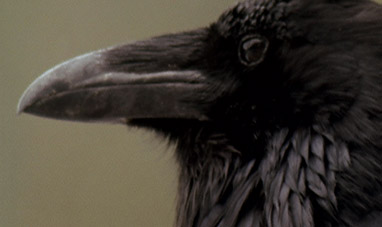

RAVEN


LADYBUG
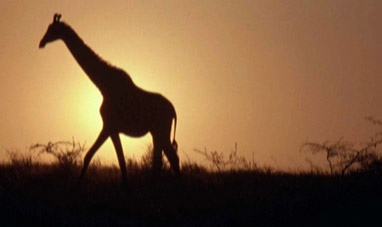

GIRAFFE


SOLAR THERMAL ENERGY


TIGER


TUNA


EBAY


THE RESPIRATORY SYSTEM


THE DIGESTIVE SYSTEM


THE HANDS
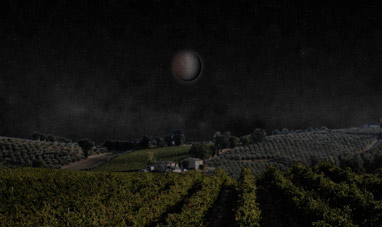

LUNAR ECLIPSES


CLOUD COMPUTING


CATERPILLAR


ANT
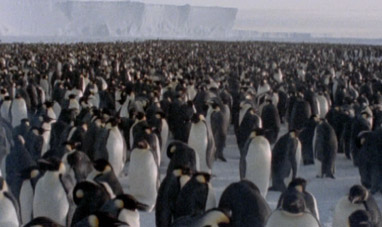

PENGUIN


NATURAL GAS (METHANE)
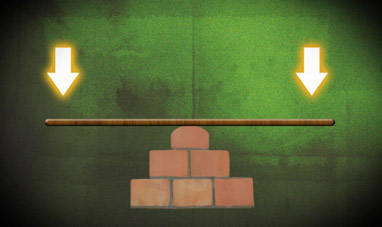

FORCE, EQUILIBRIUM AND LEVERAGE


THE HEART


CARNIVOROUS PLANTS


BIG DATA


SALMON


SCORPION


THE NERVOUS SYSTEM


FLY


THE FEET


EAGLE


HORSE


FACEBOOK
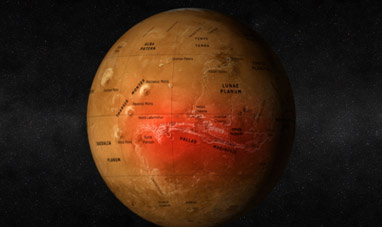

MARS
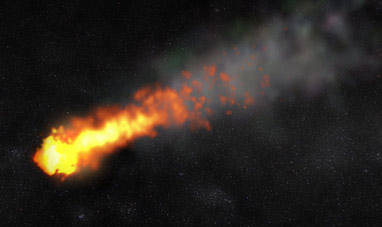

METEORS


ELECTRIC CAR
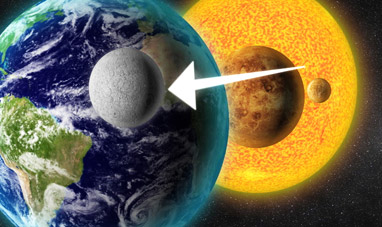

THE MOON


SUPERNOVAS


DROMEDARY


STARFISH
